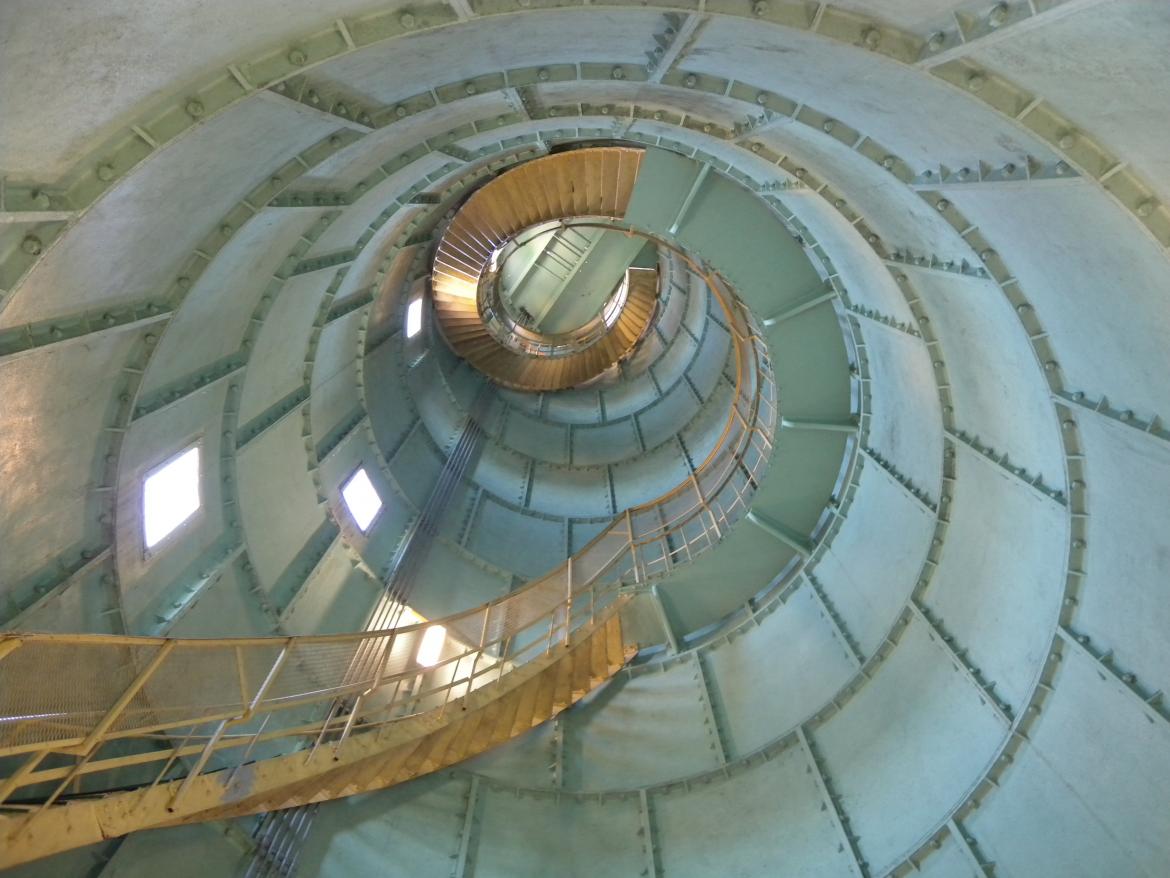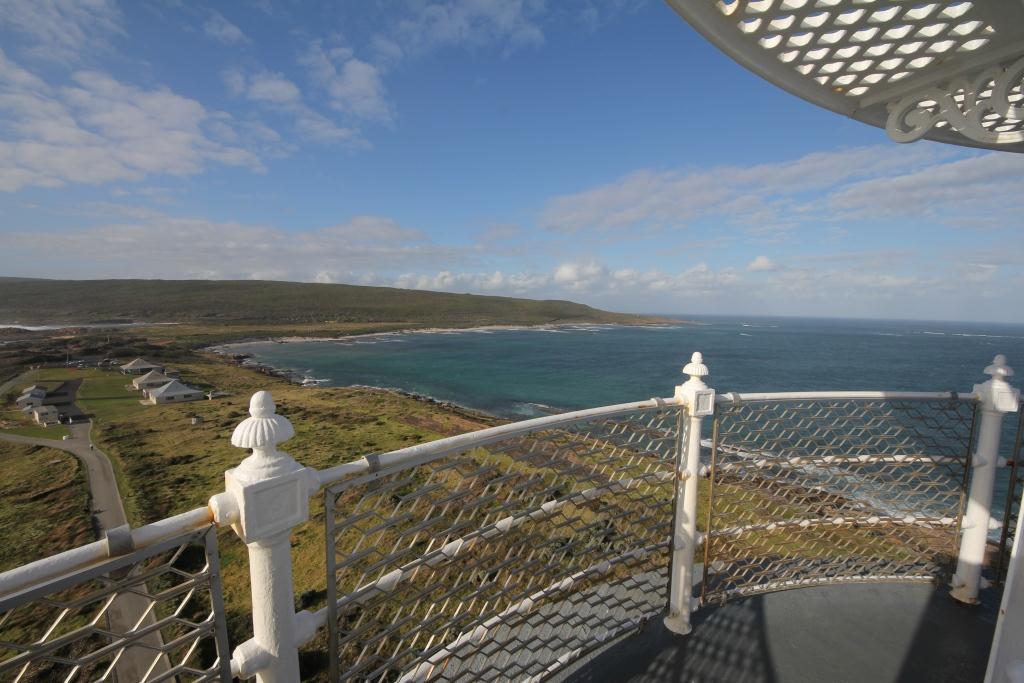12.1 Expected developments, disposals and other
There are currently development works planned to assist in the maintenance of Commonwealth heritage-listed places under AMSA’s management. Resources permitting, AMSA anticipates undertaking development on the following heritage sites over the next three years:
- Goods Island Lighthouse
- Cape Leeuwin Lighthouse
- Cape Nelson Lighthouse
- Cape Northumberland Lighthouse
- Cape Moreton Lighthouse
- Low Head Lighthouse
- Eddystone Point Lighthouse
- Cape Byron Lighthouse
- Macquarie Lighthouse
- Gabo Island Lighthouse
- South Solitary Island Lighthouse
The proposed development work ranges from lead paint and asbestos removal, large-scale surface coating, and reparations to stonework and repointing. During the initial planning stage, all proposal work will be presented for assessment before the relevant heritage authorities so to ensure heritage values are not impacted.
There are currently no plans for the disposal or divestment of Commonwealth heritage-listed properties.
Whenever AMSA considers future development works, disposals/divestment, or other related proposals, the heritage values of a place are taken into consideration early in the planning process to ensure heritage values are not impacted or destroyed. This is achieved through:
- Self-assessment of the proposal to measure the likely impact of the proposal on the heritage values of the place, utilising tools such as Working Together: Managing Commonwealth Heritage Places (Department of Agriculture, Water and the Environment, 2019).
- Preparation of Heritage Impact Statement which addresses the place’s heritage values and outlines what measures are to be taken to reduce any impact.
- Consideration of the principles outlined within the Heritage Management Plan of the place (in situations where a Heritage Management Plan is not yet available, decisions will be consistent with the Commonwealth Heritage Management Principles, Sub-section 341V).
- Consideration of the proposal in the context of the referral provisions in the EPBC Act.
- Consultation with the Heritage Branch of the Department of Agriculture, Water and the Environment on the proposal.
- Consultation with relevant State and Local heritage authorities on the proposal.

12.2 Maintenance and long-term conservation budget
The breakdown of costs estimates for the provision of navigational infrastructure for 2021-22 is as follows:
| Activity output and groups | Direct ASL | Direct ($) | Corporate overheads ($) | Capital ($) | Total ($) |
| Provision and maintenance of aids to navigation | 8.7 | 19,532 | 2,707 | 6,672 | 28,911 |
Heritage management of heritage assets is included within the above activity. Over the next three years, AMSA expects to budget approximately $12 million per year for maintenance and $7 million per year for capital works across its aids to navigation network.
12.3 Monitoring and reviewing Commonwealth heritage value conservation
The success of AMSA conserving the Commonwealth heritage values of places under its management is assessed through monitoring and review. Methodologies for the monitoring and review include inspections and their resulting reports, recommendations for management, and consultation with stakeholders.
Maintenance visits, and audit visits are scheduled by AMSA and ad-hoc visual inspections of the heritage values are also conducted by relevant AMSA representatives. Access Licence-holders also provide condition updates when appropriate.
Heritage Management Plans will be reviewed in accordance with the review process set out in those plans. The National Heritage List is Australia’s list of natural, historic and Indigenous places of outstanding significance to the nation. The List does not currently include any AMSA places, but if an AMSA place is added to the National List in the future, AMSA will review its Heritage Management Plan, in line with section 324W of the EPBC Act. The plans will be reviewed sooner if any of the following occur:
- there is a change in the assessment of the Commonwealth heritage values of a place
- changes that might affect the Commonwealth heritage values of a place are proposed
Information captured within AMSA’s Heritage Register, and the revision history of changes made where appropriate, will enable AMSA to monitor and review the success of the conservation of Commonwealth heritage values. Information included in the register includes:
- property details (Ownership/lease/licence/tenure information)
- heritage identification number
- description of the physical characteristics and elements of a place
- summary of use of a place
- Commonwealth Heritage Statement of Significance
- Commonwealth heritage values
- other heritage listings
- dates and nature of works undertaken on a place
- property restrictions/requirements
- consultation requirements (stakeholder information)
- past and present conservation documents relating to a place
- a record of when information has been updated
- significant objects associated with a place
12.4 Transfer of ownership
AMSA’s Navigational Safety Advisory Group (NSAG) is the peak consultative body for AMSA on matters relating to AMSA’s responsibilities for the safety of navigation in Australian waters. NSAG meets twice per year and provides expert maritime industry advice on requirements for aids to navigation and other nautical and navigational safety matters.
NSAG is consulted on issues particularly affecting shipping traffic around the Australian coastline including the outcomes of the periodic aids to navigation requirements review process.
AMSA regularly reviews the volume and nature of shipping traffic around the Australian coastline. From time to time this review process identifies aids to navigation sites that are no longer being used by ships that pay the Marine Navigation levy. These sites can be considered surplus to requirements.
A heads of government agreement exists between AMSA and most of the states (excluding South Australia and the Northern Territory) to allow for transfer of ownership of these sites.
The transfer of ownership or control of heritage assets that are surplus to AMSA’s requirements is planned and executed to conserve the items significance into the future. These assets include both heritage sites and artefacts.
In the event of a transfer of ownership, AMSA will consult Section 341ZE of the EPBC Act to ensure all obligations are met.

12.5 Management of artefacts
AMSA owns a collection of culturally significant artefacts that illustrate the social and technological history of lighthouses and maritime activity. The collection includes documents, equipment, and other items that are considered protected objects under the Protection of Movable Cultural Heritage Act 1986 Cth because of their age, value, rarity, representation in public collections and national significance.
AMSA’s strategies in relation to discharging its responsibilities for the artefacts are to retain ownership and:
- give artefacts to appropriate organisations, such as maritime museums, which can adequately protect the cultural values of the artefacts
- lend artefacts, permanently or temporarily, to organisations that can display and interpret those artefacts and increase public understanding of Australia’s maritime history in a secure manner
- ensure artefacts are being maintained in good order and loan agreements are being complied with.
As new technologies evolve there are opportunities for replaced lighthouse equipment to be added to AMSA’s Heritage Artefact Collection.
12.6 Responding to climate change
AMSA recognises that climate change has the potential to impact the accessibility, management and condition of heritage AtoN assets along the Australian coast. Two thirds of AMSA’s AtoN network are located in Tropical Cyclone Regions, and the intensity of weather events is increasing.
Mitigation of impacts related to climate change is necessary to reduce and prevent any loss of heritage value. AMSA’s immediate objective is to draw on strategic partners to develop operational intelligence capabilities to improve the ability to predict extreme weather events and proactively prepare for incidents. This includes:
- conducting a literature review and collaborating with stakeholders to identify specific risks associated with climate change impacts including Greenhouse emissions,
- collaboration with internal divisions to inform policy development.
Long-term objectives, such the preparation of Environmental Management Plans, require further development and negotiation.